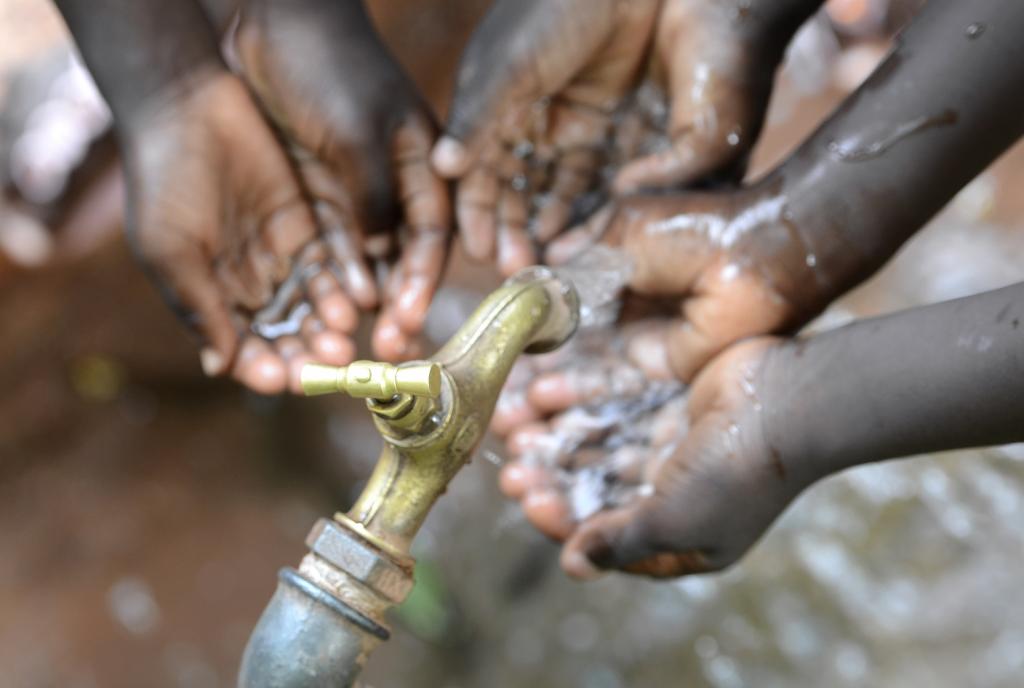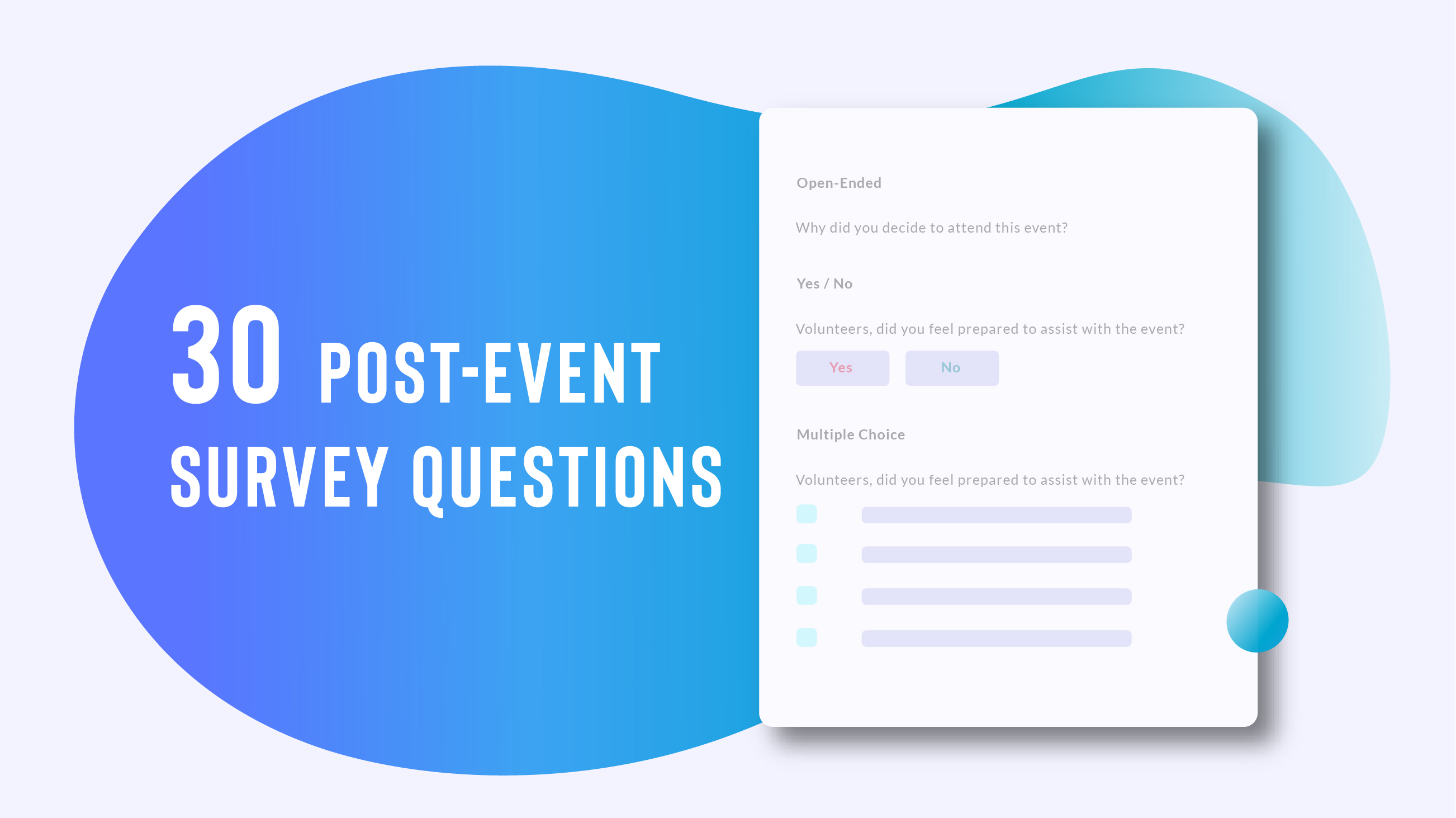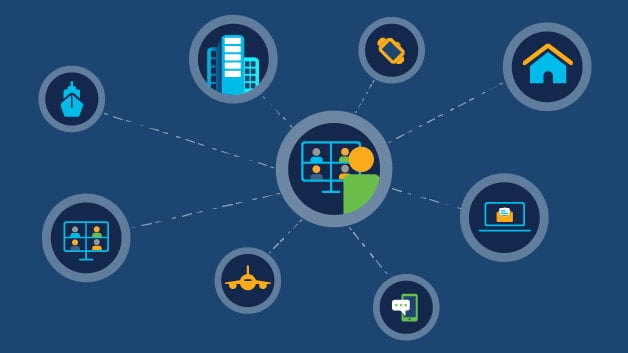
While the UN Sustainable Development Goals have been in existence since 2015, prior to 2020, my experience is that many citizens of developed economies were either unaware of them, or, were unable to find personal relevance in them.
However, along came two major global events that made many sit up and pay attention to the SDGs.
First, the climate emergency highlighted that SDG 13 (Climate Action) is an existential concern for all of us. Then, the COVID-19 pandemic halted the world in its tracks, highlighting the relevance of global health and SDG 3 (Good Health and Well-Being) for everyone.
Health Effects Us All
While good health is important for everyone, access to even basic healthcare varies dramatically across the planet.
Exploring the components (known as targets and indicators) of SDG 3, you soon discover the stark reality of the health disparities between nations.
The quality of care that you can expect to achieve is very much dictated by where you were born, and where you live.
The data presented in the SDG tracker highlights this at national levels, with the African continent exhibiting the most challenging scenarios. This is a combination of many factors, from macro governmental to more local challenges.
Breaking Down Healthcare Challenges
Like all SDGs, SDG 3 is broken down into smaller pieces known as targets. SDG 3 has some very specific targets, as well as some more generic global targets. In particular there are targets looking at the availability of essential medicines, the development of medical research and basic health care, as well as how easy it is to access essential health services across the population.
This target, known as Indicator 3.8.1, highlights the stark contrast between the African continent and the rest of the world, and is shown in the graphic below.
Access To Healthcare
Right ePharmacy is a technology company aiming to solve the challenge of access to medication and healthcare across both the African continent, and internationally.
Their Managing Director, Fanie Hendriksz, spoke with me about some of the challenges the communities face.
The picture he painted is one of multiple compounding factors, from high demand and overburdened staff, through to lack of infrastructure and availability of medical equipment or medication.
The result of this is that patients can often wait up to 6 hours to collect their chronic medication every month, which has an impact on both health and economic factors.
From a health point of view, having to wait six hours, let alone the journey that is sometimes involved in order to reach the clinic, puts off many patients, therefore reducing adherence to their medical programmes, reducing the effectiveness and chance of a positive outcome for the patient.
Economically the situation is also not good for both the patient and the communities, as patients have to spend money to travel and take time out of work.
[“source=wellthatsinteresting”]






